Shoah e postmemoria
Shoah is the term recently adopted by many countries, mainly in the non Anglo-Saxon area, to refer to the dramatic events that involved millions of Jewish during World War II. It was after Lanzman’s docu-movie Shoah (1985) that this Hebraic word started to spread as a valid alternative to Holocaust, a word which was perceived as trivial and misleading for its religious implications.
Up to twenty years ago it was a niche subject, mostly discussed through the recollections and the accounts of survivors. Basically there wasn’t an organic and methodical research on the subject. Today these stories are dying, buried under by the unavoidable flow of time, and many people are starting to wonder about the need to preserve this memory so that what occurred in those days won’t happen ever again.
But how is it possible to keep the memory of something we didn’t experience without loosing its true meaning? How can we prevent the waves of time from erasing every trace of the crimes committed?
Gabrile Croppi’s work originated from these questions. To him revisiting of the places of Shoah proved to be «both an opportunity for iconographic production and a test for the production itself, in which the “lie” of aesthetic act could contribute to keeping an historical “truth”» (Gabriele Croppi).
The art exhibition Shoah and Postmemory presents the thirty most meaningful pictures taken by the author in concentration camps and ebraic districts and graveyards during his journey across Austria, Germany and Poland between 2008 and 2011. These are artistic representations in which the aesthetic worth prevails over the documentary, in order to awaken in the observer emotions that can activate the mechanism of postmemory.
 Share / Save
Share / Save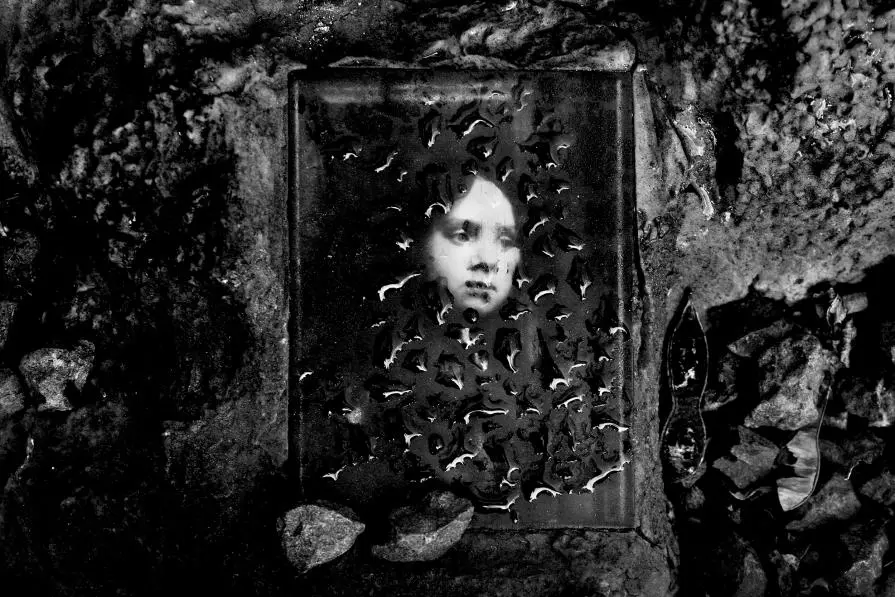
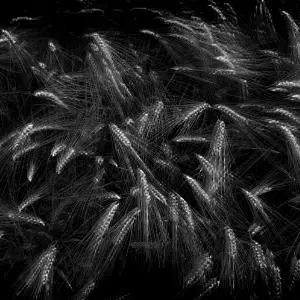
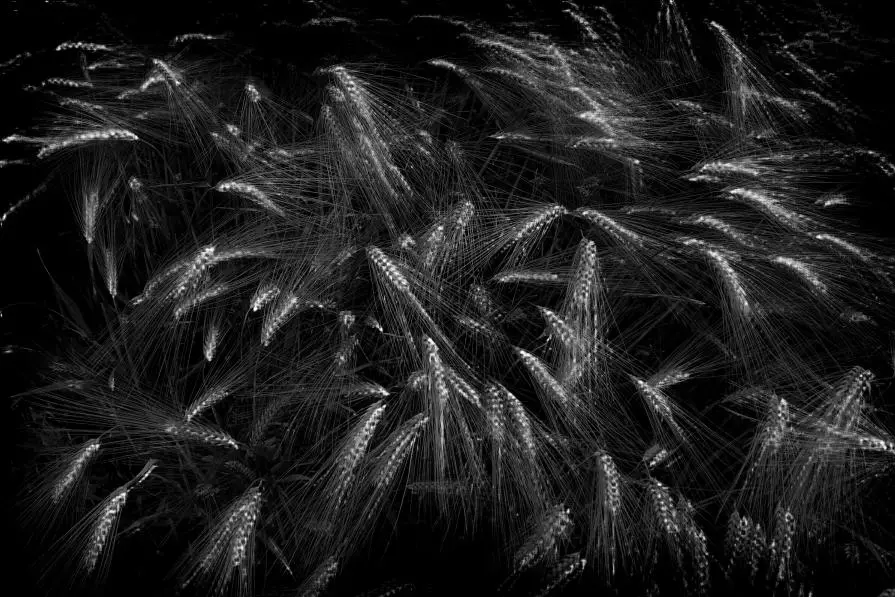
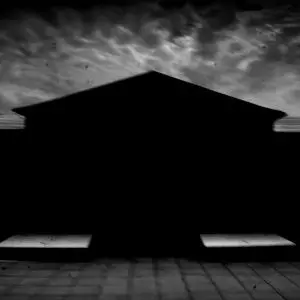
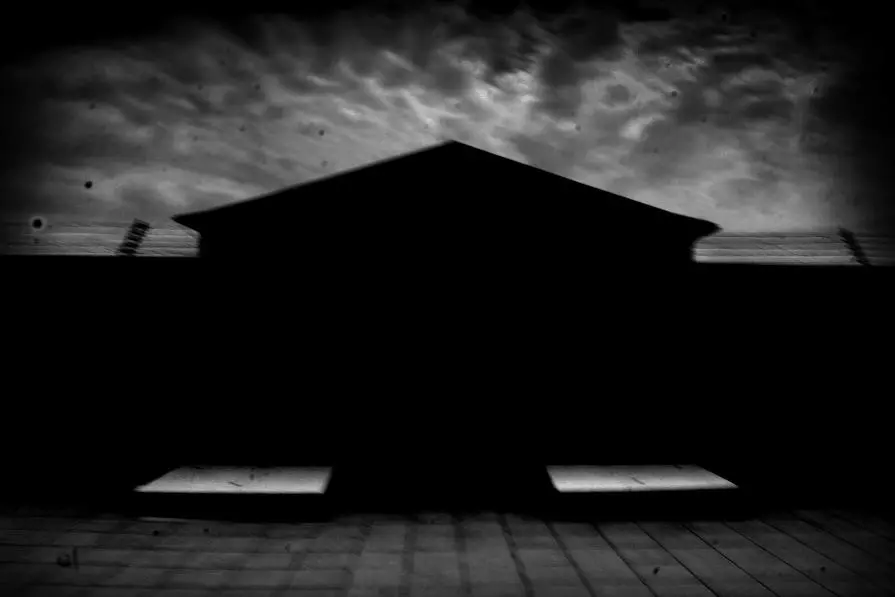
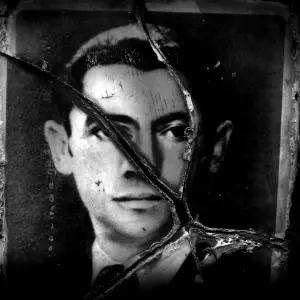
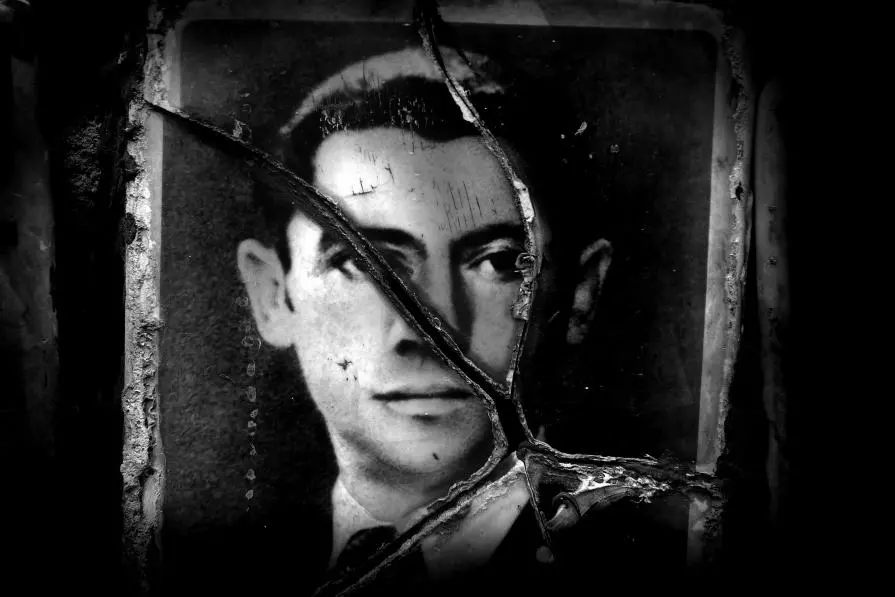
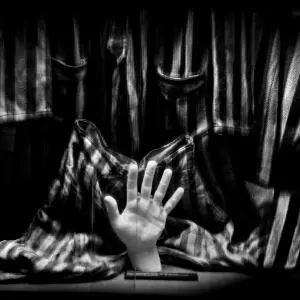
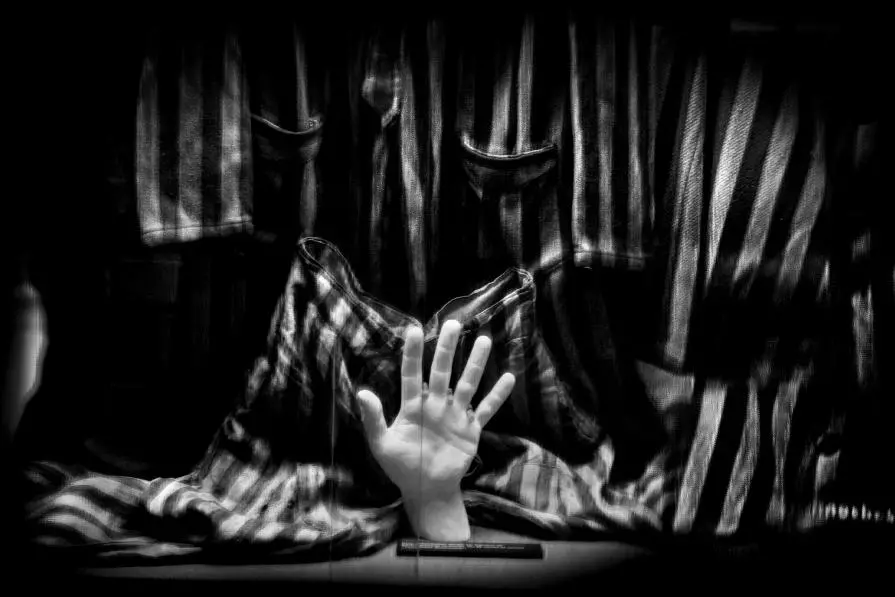
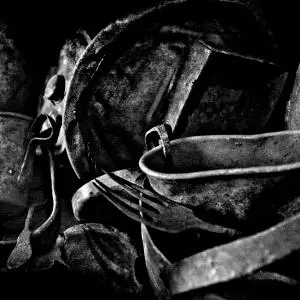
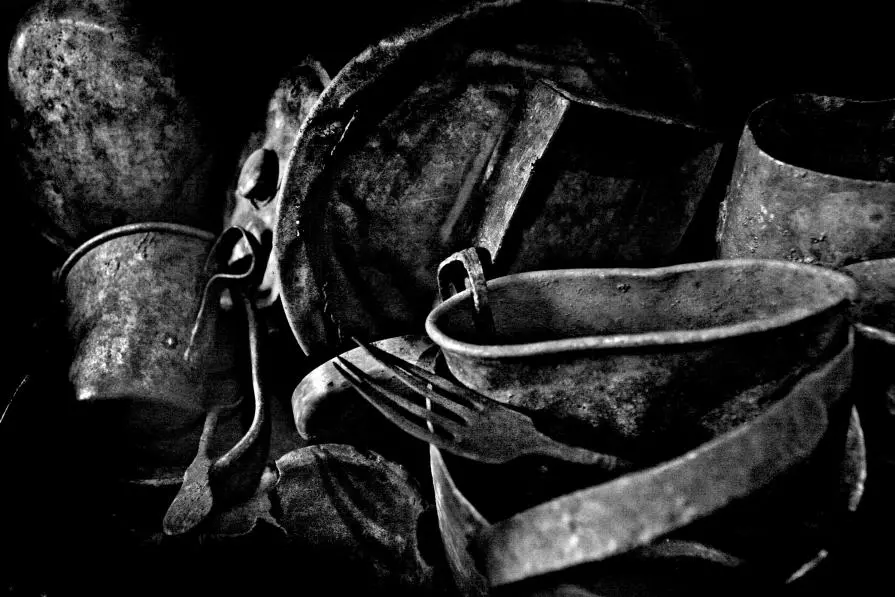

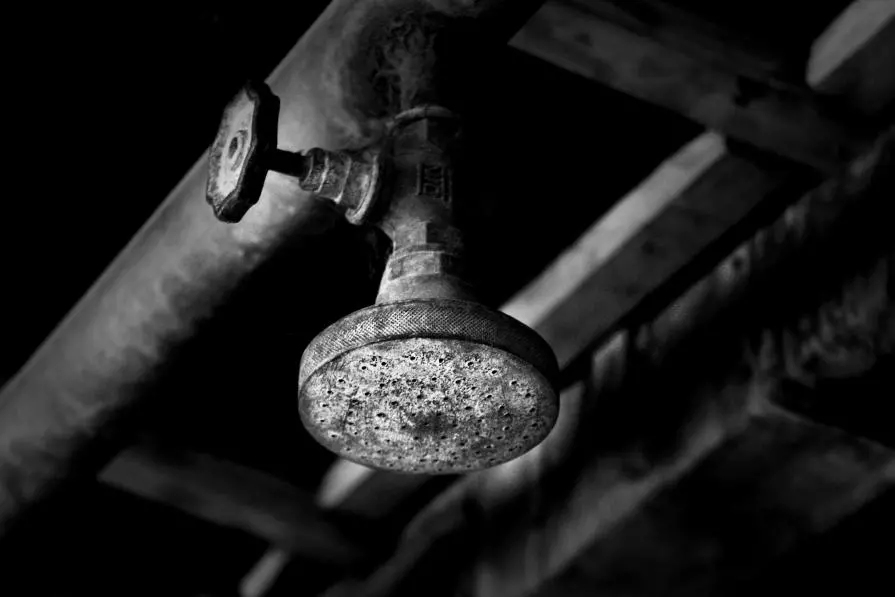
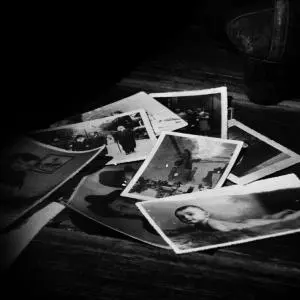
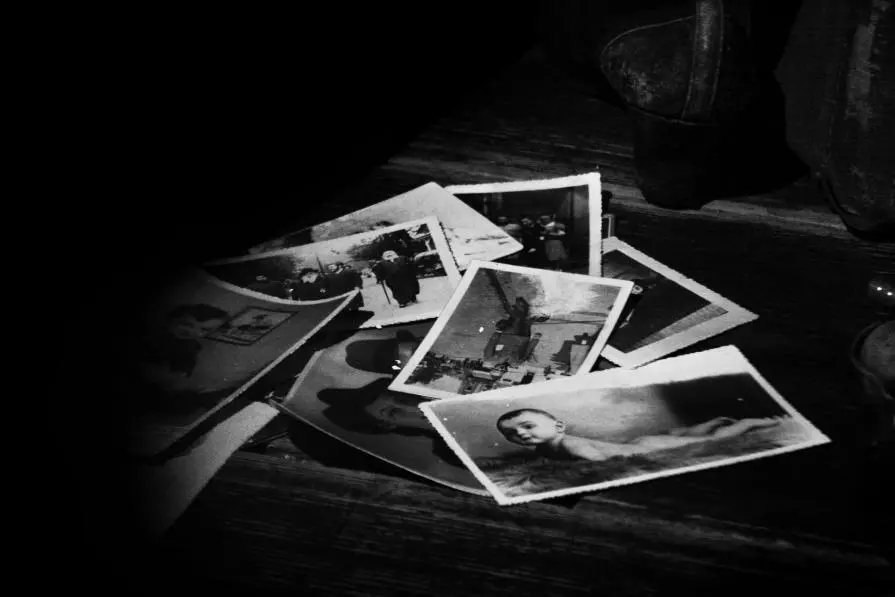
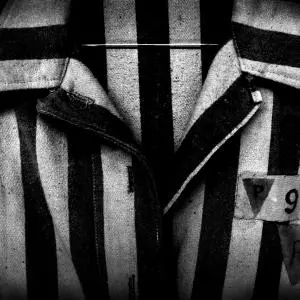
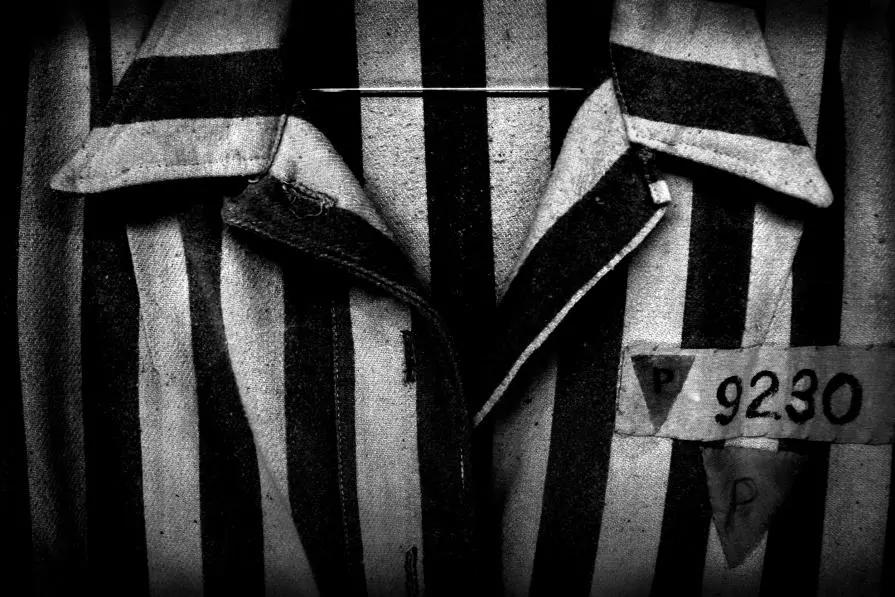
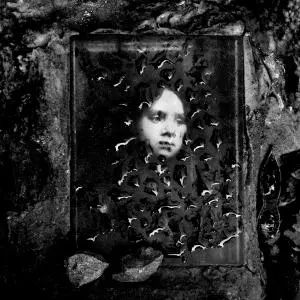


















Comments 2
Say something